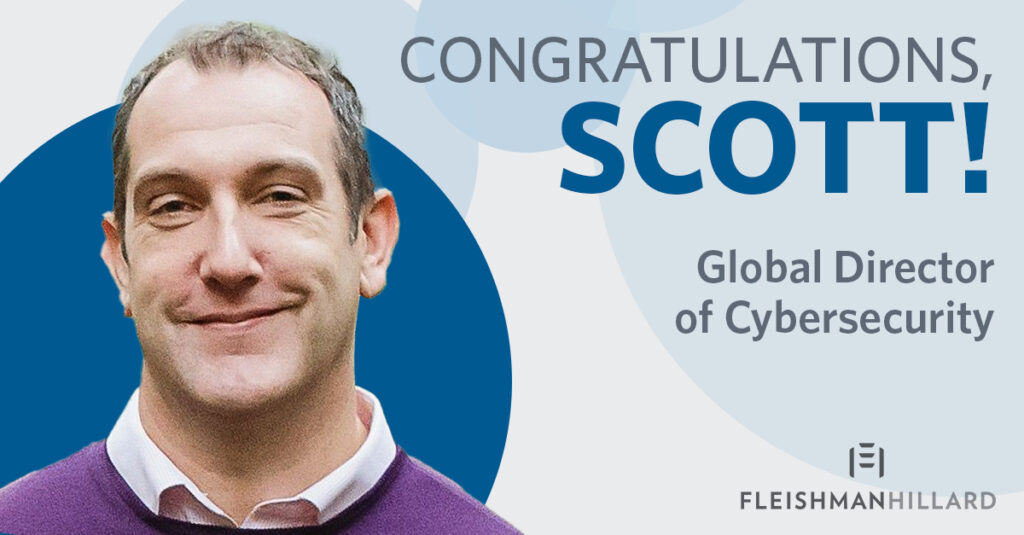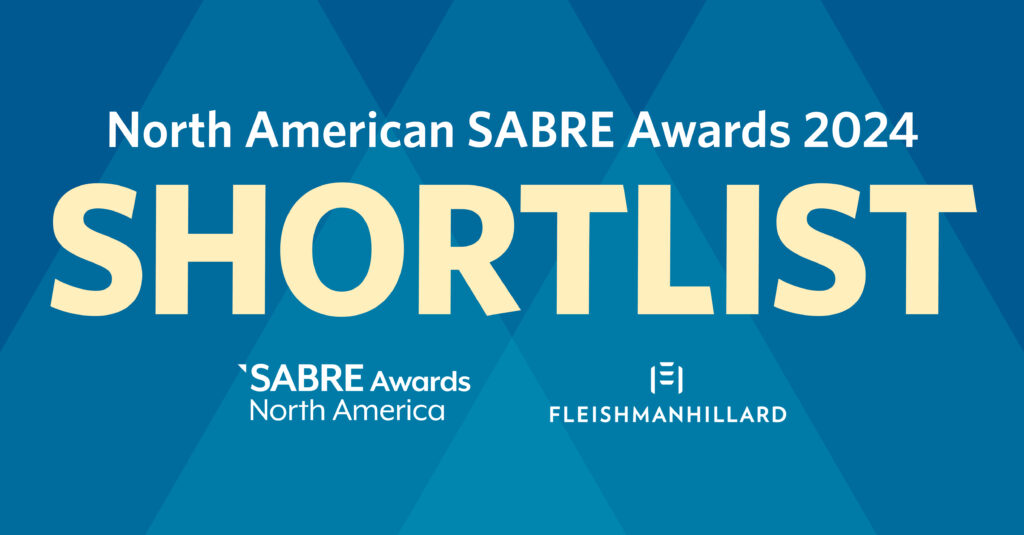Unveiling the Ascendance of Private Markets: A Gateway for Asset Managers to Attract High Net Worth Investors
In recent years, the private markets landscape has experienced a remarkable surge, capturing the attention of asset managers around the world. This flourishing trend has paved the way for the financial industry to explore new avenues for growth, with private markets becoming an enticing domain for high net worth investors seeking investment opportunities with relatively low market correlation.
In our recent report “The Future of Asset Management in Asia”, the majority of investors (42%) are most concerned about slow global economic growth or even a downturn. In response to these uncertainties, nearly one-third of respondents (29%) plan to shift their investments towards lower-risk options, and there is a growing interest in diversifying portfolios. Investors are now showing enthusiasm for private market investments, particularly in private equity funds (15%) and private credit funds (15%). Respondents believe that these alternative investments can enhance and diversify their returns and helping mitigate overall portfolio risks associated with economic downturns.
The shift towards private markets
1. Enhanced returns and diversification
Amidst a volatile and uncertain global economy, investors are increasingly drawn to private markets due to the potential for enhanced returns. Private markets and alternative investments tend to outperform traditional asset classes over the long term, providing investors with a chance to optimize their portfolio performance. Additionally, private markets offer diversification benefits by reducing exposure to public market fluctuations, making them an attractive proposition for high net worth individuals seeking to protect and grow their wealth.
2. Access to exclusive investment opportunities
Private markets grant access to unique investment opportunities that are not readily available in public markets. This exclusivity is a major allure for high net worth investors, as it enables them to invest in promising startups, venture capital funds, real estate projects, and private companies with significant growth potential. By participating in these early-stage investments, individuals can capitalize on the success of innovative enterprises and potentially realize substantial returns.
3. Long-term investment horizon
Unlike public markets, which are often driven by short-term speculations and market volatility, private markets facilitate long-term investment strategies. High net worth investors are attracted to the private market’s ability to generate value over an extended period. The relatively illiquid nature of private investments encourages disciplined, long-term thinking, aligning with the goals of many high-net-worth individuals who prioritize wealth preservation and sustained growth.
Reaching out to high net worth investors
1. Establishing strategic partnerships
Asset managers can leverage their existing networks and forge strategic partnerships with wealth management firms, family offices, and other financial intermediaries. Collaborating with these entities enables access to their pool of high net worth clients and facilitates the promotion of private market investment opportunities. By providing comprehensive education and tailored investment solutions, asset managers can position themselves as trusted advisors capable of meeting the unique needs of affluent investors.
2. Thought leadership and education
Educational initiatives play a crucial role in attracting high net worth investors to private markets. Asset managers should invest in thought leadership content to demonstrate their expertise and provide valuable insights into the advantages and intricacies of private market investing. Webinars, whitepapers, seminars, and conferences can be utilized to educate investors about the potential benefits, risks, and strategies associated with private market investments, ultimately building confidence and fostering engagement.
3. Technology and digital platforms
Harnessing the power of technology and digital platforms can significantly enhance the outreach efforts of asset managers. Online portals, mobile applications, and user-friendly interfaces can streamline the investment process, improve transparency, and provide real-time updates to investors. Leveraging digital tools also allows for efficient communication, data analysis, and reporting, enabling high net worth investors to monitor their investments effectively and make informed decisions.
As private markets continue to ascend, asset managers have a unique opportunity to tap into the growing appetite of high net worth investors. By highlighting the benefits of private market investments, establishing strategic partnerships, providing education and thought leadership content, asset managers can position themselves as trusted advisors capable of meeting the sophisticated needs of affluent individuals. By embracing technological advancements and digital platforms, firms can further streamline the investment experience, ultimately fostering long-term relationships with high net worth investors in this thriving landscape.











